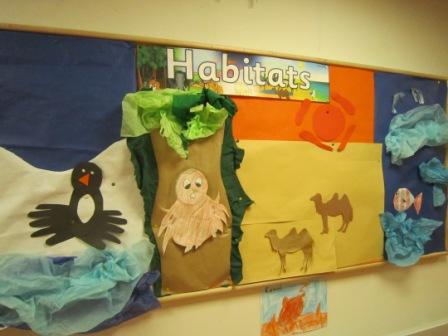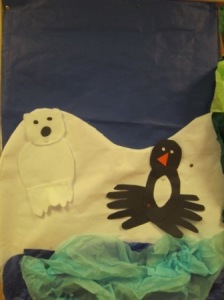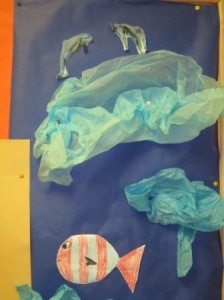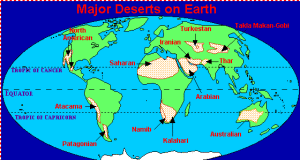Habitat Study
We are studying Habitats at the moment. We have chosen four types of Habitats to concentrate on: Arctic, Forest, Desert and Under the Sea. We have picked one or two animals from each Habitat to have a closer look into
First we looked at the Desert Habitat and the Camels that live there. One of our students wrote up a short piece about the information that he found out about the two different types of Camels and why they are so suited to living in the Desert landscape.
- There are two different types of Camels. The Bactrian camel which has 2 humps. The Dromedary camel which has 1 hump.
- You find them in the Desert.
- They are very famous for spitting and kicking at people when threatened.
- They can run quite fast.
- The humps have water and fat (food) inside them.
- This means the camel can go days without water, which can be hard to find in the Desert.
- In sand storms the camel can close its nose to keep out the sand.
- They also have really long eye lashes to protect their eyes during sandstorms.
- This is why the camel is so suited to its Desert Habitat.
The next animal we looked at was the Polar Bear.
The Polar Bear lives in the Arctic areas of Alaska, Canada, Greenland, Norway and Russia.
He eats meat. He hunts seals.
Polar Bears are good at swimming and hunting. They have big paws and claws.
The Polar Bear has lots of woolly fur which keeps them warm in the cold frozen Arctic. They have a thick layer of fat under their skin to keep them warm.
The Polar Bear’s White coat camouflages him well in the snow.







